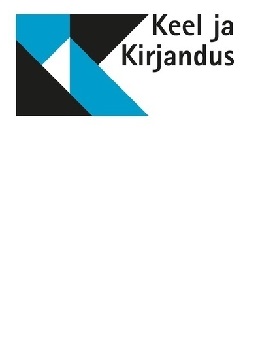Võrdlevalt eesti vanemast leksikograafiast
A comparative view on early Estonian lexicography
Author(s): Madis JürvisteSubject(s): Lexis, Semantics, Historical Linguistics, Comparative Linguistics, Finno-Ugrian studies, 17th Century, 18th Century
Published by: SA Kultuurileht
Keywords: historical lexicography; comparative dictionary analysis; earliest Estonian dictionaries;
Summary/Abstract: The earliest Estonian dictionaries, published in the 17th and 18th centuries, have typically been studied in a narrow context, with a focus on individual sources or the authors in isolation. However, this period merits a comparative cross-source analysis, describing the lexicographical landscape from a broader perspective. This constitutes the main objective of this article. It provides a concise review of the existing literature on this period in Estonian lexicography, followed by a comparative analysis of the macrostructure and microstructure of these dictionaries. The sources analyzed in this study range from Heinrich Stahl’s Vocabula (1637), the first known printed Estonian-German dictionary, up to August Wilhelm Hupel’s Wörterbuch (1780, 2nd ed. 1818). In addition, the article covers Johannes Gutslaff ’s Nomenclator (1648), Heinrich Göseken’s Farrago vocabulorum (1660), Salomo Heinrich Vestring’s Lexicon (first half of the 18th century, originally unpublished in print), and Anton Thor Helle’s Vocabularium (1732). The analysis reveals an evolution from a rather non-systematic presentation of linguistic information in the 17th-century sources to the much stricter approach of the 18th-century dictionaries. Most of these dictionaries were preceded by grammars within the same volumes, with the dictionary entries (primary word forms, declensions) more or less linked to these grammatical descriptions, which were heavily influenced by the German language. The content of these early dictionaries still warrants further extensive research: recent studies utilizing large language models indicate that this new technology can play a crucial role in analyzing the content of historical dictionaries (Jürviste et al., in review). In-depth research in this field is essential for a better understanding of the historical development of Estonian lexical strata.
Journal: Keel ja Kirjandus
- Issue Year: LXVIII/2025
- Issue No: 1-2
- Page Range: 36-53
- Page Count: 18
- Language: Estonian

